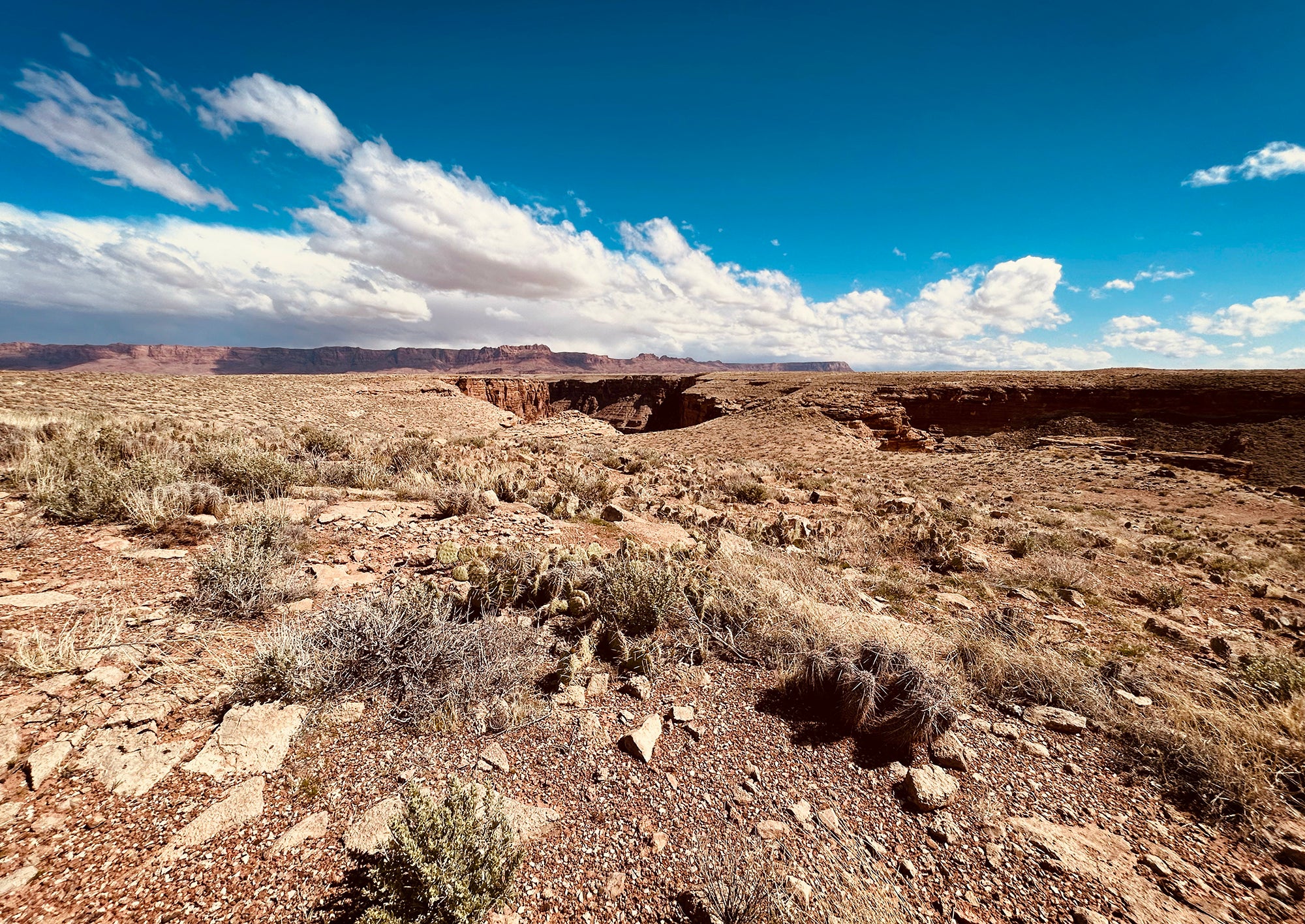Defending the Antiquities Act and Baaj Nwaavjo I’tah Kukveni National Monument
Attacks on the Antiquities Act are not new. Earthjustice and our partners continue to fight back.
Politicians are yet again attacking our national monuments to help line the pockets of mining and other corporations and their lobbyists. This time, it’s the recently created Baaj Nwaavjo I’tah Kukveni – Ancestral Footprints of the Grand Canyon National Monument, designated by President Biden last year. The latest attack is in the form of a lawsuit from lawmakers in the Arizona state legislature, despite widely supported protections for this world-renowned site.
This monument holds special significance to Indigenous peoples in the region because it protects thousands of cultural and sacred sites tied to Tribes in the Southwest. It is also vital for clean drinking water because it protects the Colorado River, which snakes through the bottom of the Grand Canyon and provides water for 40 million people facing a water crisis. The river is already drying up due to climate change and is threatened by mining pollution too. In addition to protecting the Colorado River, the monument is a crucial refuge for biodiversity and a majestic place for outdoor recreation – about 5.9 million people visit the Grand Canyon region each year.
Sadly, this attack on Baaj Nwaavjo I’tah Kukveni is not unique. The lawsuit is part of a pattern of attacks on the Antiquities Act, the longstanding law used to create dozens of national monuments across the country. Congress passed the Antiquities Act in 1906 and since then, 18 presidents – nine Democrat and nine Republican – have established over 160 national monuments. The Antiquities Act is responsible for protecting many of our most iconic and treasured public lands and waters, including lands that ultimately became Grand Canyon National Park, Olympic National Park, Zion National Park, and Grand Teton National Park.
What is starkest about these recent attacks is that they seek to undo the wishes and advocacy of sovereign tribal nations. This includes tribal-led efforts to protect the Baaj Nwaavjo I’tah Kukveni Monument and Bears Ears National Monument in Utah. These monuments have ensured that tribal nations culturally connected to these lands have the ability to guide their management through co-stewardship—a principle .
These national monuments contain some of our most important and special public lands. It is important to remember that when a national monument is designated through the Antiquities Act, it is designated on land that is already owned by the American people. These lands are not being “taken” from anyone; they are simply being afforded additional protections for the invaluable resources and sacred spaces they contain. That’s why the Antiquities Act has worked so well for generations.
The U.S. Supreme Court first upheld the authorities of the Antiquities Act in 1920 and has affirmed that authority several times since. Congress enacted the Antiquities Act in 1906 to authorize the president to designate federal lands as national monuments to protect objects of historic and scientific interest. The Supreme Court has found that the Antiquities Act gives the president broad authority to designate national monuments commensurate in size to the ‘objects’ that need protection. All but three Presidents have designated national monuments under that authority. The law is well-settled: the president has the authority to designate monuments, including ones protecting vast, important geological features and landscapes. Many have challenged various monuments; no court has ever struck one down.
Most recently, a Utah federal judge dismissed two lawsuits led by the state of Utah that attempted to undo President Biden’s restoration of Bears Ears and Grand Staircase-Escalante national monuments and attacked the Antiquities Act as unlawful. In the ruling, the judge emphasized that the Antiquities Act gives the president broad authority to designate national monuments and that the court could not second guess that judgment. Earthjustice and our partners intervened in defense of those monuments and recently moved to intervene in defense of Baaj Nwaavjo I’tah Kukveni as well. The Havasupai Tribe, the Hopi Tribe, and the Navajo Nation also moved to intervene.
These attacks on the Antiquities Act must stop. They are wasting precious time and resources as court after court has affirmed the president’s authority under the Act. The Antiquities Act is one of the most important laws for our public lands and the cherished resources they contain, and public support for this law and monuments like Baaj Nwaavjo I’tah Kukveni remain incredibly strong. Millions of people have spoken out in support of protecting these treasured places, and Earthjustice will continue to stand with our tribal partners to defend our public lands, clean water, and the Antiquities Act in both the courtroom and Congress.
Earthjustice’s Rocky Mountain office protects the region’s iconic public lands, wildlife species, and precious water resources; defends Tribes and disparately impacted communities fighting to live in a healthy environment; and works to accelerate the region’s transition to 100% clean energy.
